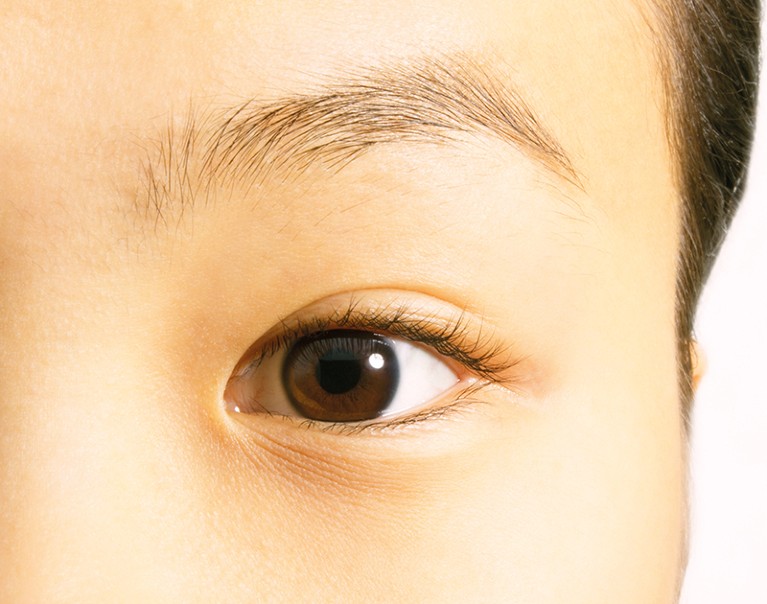
A stem-cell therapy developed by researchers in China could help to restore sight in people affected by cataracts.Credit: Caia Image/Alamy
In March 2016, it was revealed that a stem-cell therapy had given 12 Chinese infants suffering from cataracts the ability to see clearly (H. Lin et al. Nature 531, 323–328; 2016). Lead scientist Kang Zhang, visiting professor at Sun Yat-sen University in Guangzhou and Sichuan University, said the regeneration of healthy lenses in children up to two years of age could be a paradigm shift in cataract surgery.
For five years, Chinese scientists worked in collaboration with researchers at the Shiley Eye Institute at the University of California in San Diego, where Zhang is a professor of ophthalmology, to develop a non-invasive surgical technique that can restore sight in just three months. During the procedure, surgeons remove the damaged lens from the patient but leave the lens epithelial stem cells intact. These grow and form a new lens to replace the old one.
Zhang says that conducting the clinical trials and tests on primates in China, rather than the United States, helped to keep costs low. He adds that attitudes towards animal testing in China, where animal rights protests are far rarer than in the United States, helped to move the research along quickly.
“If we were just doing it by ourselves in the United States it would have taken five to ten years,” he says. “We were able to accomplish it in two to three years.”
Praise came from around the world. Dusko Ilic, a stem-cell scientist at King’s College London, called the research “one of the finest achievements in the field of regenerative medicine”, and “science at its best”.
Zhang says that further research using his team’s techniques could further “harness a patient’s own ability to regrow organs” in other areas of the body, such as the liver and brain.


 Why an Italian astrophysicist decided to move to Shanghai
Why an Italian astrophysicist decided to move to Shanghai
 How a biotech entrepreneur benefits from splitting time between China and the United States
How a biotech entrepreneur benefits from splitting time between China and the United States




